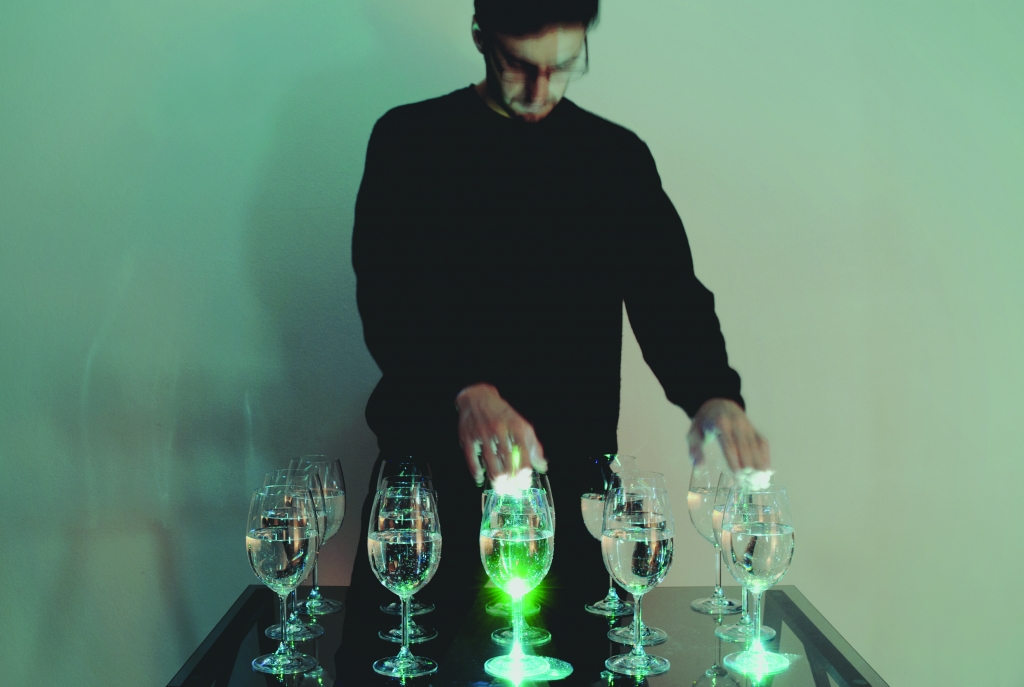New Tangible Interfaces TTI
Interactive surfaces makes everyday objects multi-functional and fun. Reactive technologies have now enabled normal interfaces with new functions and new possibilities. The role of the surface is changing radically, according to how it’s designed and incorporated with objects. My proposal was to re-define the role of the surface in future lifestyle, exploring how surfaces can be an integrated as part of a product or environment.
TTI, (standing for Tangible Textural Interface) is a new sound system that embeds a tactile surface. TTI has flexibility that enables people to physically touch and feel the response through the controls and physical morph of the surface. TTI delivers new aesthetics through integrated flexible surfaces as interface material unlike adapting conventional materials for interfaces such as plastic or glass. Unlike existing 2D interfaces, TTI has a curved 3D surface opening up new possibilities in making flexible forms and shapes within the interface.
TTI consists of 3 main functions, backwards and forwards, volume control and equaliser, having a physical feedback and control interface within one surface. As you control the functions, the left surface physically responds to the controls. Tactile surface also responds to the beat of the music.







